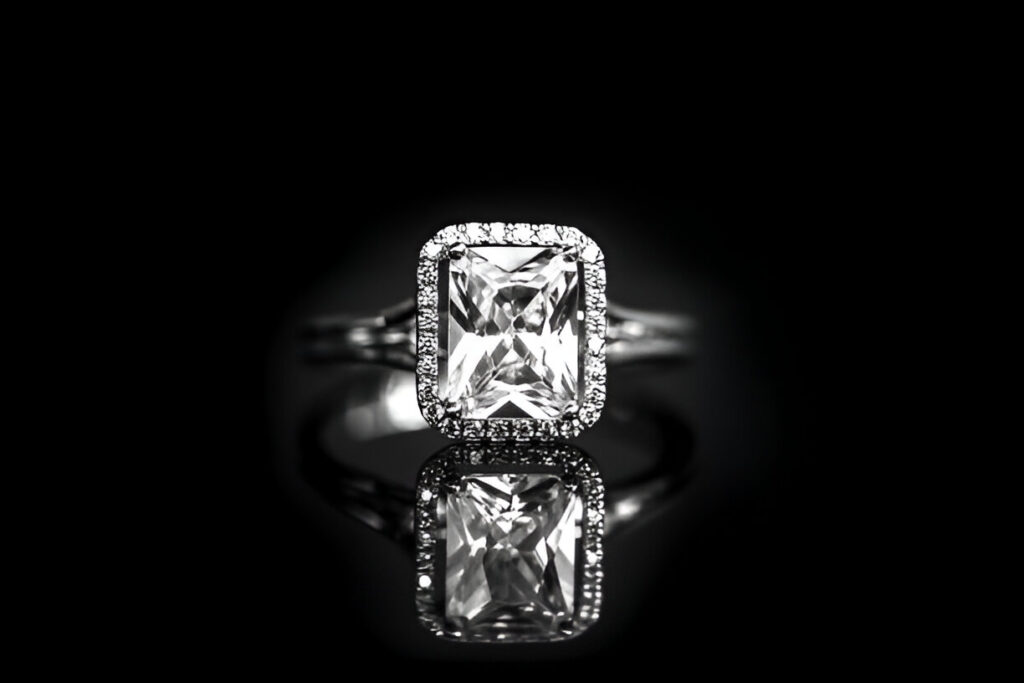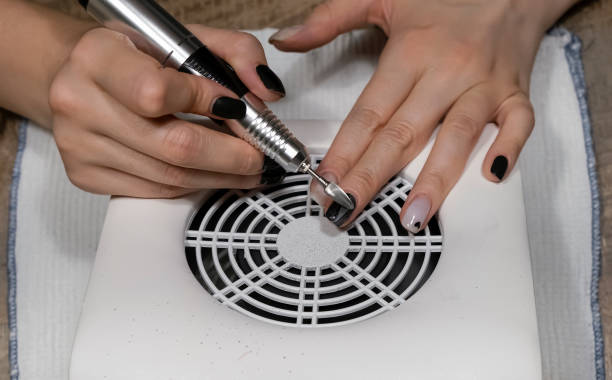When you’re looking for something that’ll never go out of style, radiant cut engagement rings by Solitaire Jewellery hit that sweet spot perfectly. This particular cut combines the best parts of emerald and round brilliant cuts, giving you serious sparkle with a unique rectangular shape. What makes these rings special isn’t just their looks – it’s how they’ve managed to stay relevant for decades while other trends come and go. The technical craftsmanship behind radiant cuts, especially from established jewellers like Solitaire, involves precise angles and faceting that maximizes light return, making these pieces both beautiful and smart investments for couples who want something that’ll look just as stunning in 30 years.
Contents
The Technical Magic Behind Radiant Cuts
Here’s what most people don’t realize about radiant cuts – they’re actually pretty complex to get right. The original patent from 1977 by Henry Grossbard specified 70 facets, but modern variations can have anywhere from 62 to 70 facets depending on the cutter’s approach. This isn’t just random numbers either. Each facet is angled precisely to bounce light around inside the stone before sending it back to your eye.
The pavilion angle typically sits between 40.6 and 41.8 degrees, while the crown angle ranges from 11 to 16 degrees. When a skilled cutter nails these measurements, you get what gemologists call “exceptional light performance.” That’s fancy talk for serious sparkle that catches light from almost any angle.
What’s really cool is how radiant cuts handle inclusions better than other fancy shapes. The faceting pattern naturally breaks up internal flaws, so you can often go with a slightly lower clarity grade without anyone noticing. This means more budget for a bigger stone or better color grade.
Why Solitaire Settings Work So Well
There’s a reason solitaire settings have been around since the 1880s – they just work. When you put a radiant cut in a classic solitaire setting, you’re essentially creating a spotlight for the stone. No competing elements, no side stones trying to steal attention, just pure focus on that gorgeous rectangular sparkler.
The math here is interesting too. Solitaire settings typically elevate the stone 4-6mm above the band, which creates what jewellers call the “ideal viewing angle.” This height lets light enter the stone from multiple directions while giving your finger room to move naturally.
Modern solitaire designs have gotten smarter about security too. Four-prong settings are standard for radiant cuts because they protect the vulnerable corners while still showing off maximum stone surface. Six-prong settings work for larger stones over 2 carats, giving extra security without looking clunky.
The Investment Angle That Makes Sense
Let’s talk money for a minute. Radiant cuts typically cost 10-30% less than round brilliants of the same quality, which means you’re getting more visual impact for your budget. But here’s where it gets interesting – the resale market for well-cut radiant stones has stayed remarkably stable over the past decade.
Industry data from the Gemological Institute of America shows that radiant cuts maintain about 85-90% of their original retail value after five years, assuming proper certification and care. Compare that to some trendy cuts that can drop to 60-70% of their value when styles shift.
The reason? Radiant cuts occupy this unique middle ground between classic and contemporary. They’re familiar enough that older generations appreciate them, but modern enough that younger buyers see them as fresh alternatives to traditional rounds.
Color Performance That Surprises People
One thing that catches people off guard is how radiant cuts handle color. The faceting pattern actually makes stones appear whiter than they technically are. A G-color radiant cut often looks comparable to an F-color round brilliant to the naked eye.
This happens because of how the facets reflect light. The brilliant-style crown combined with the step-cut pavilion creates this interesting optical effect where slight color tints get masked by the light return. Gemologists call this “apparent color improvement,” and it’s a real phenomenon, not marketing speak.
For couples shopping on a budget, this means you can potentially drop a color grade or two without sacrificing the visual impact. That saved money can go toward a larger stone or higher clarity grade, giving you more bang for your buck overall.




